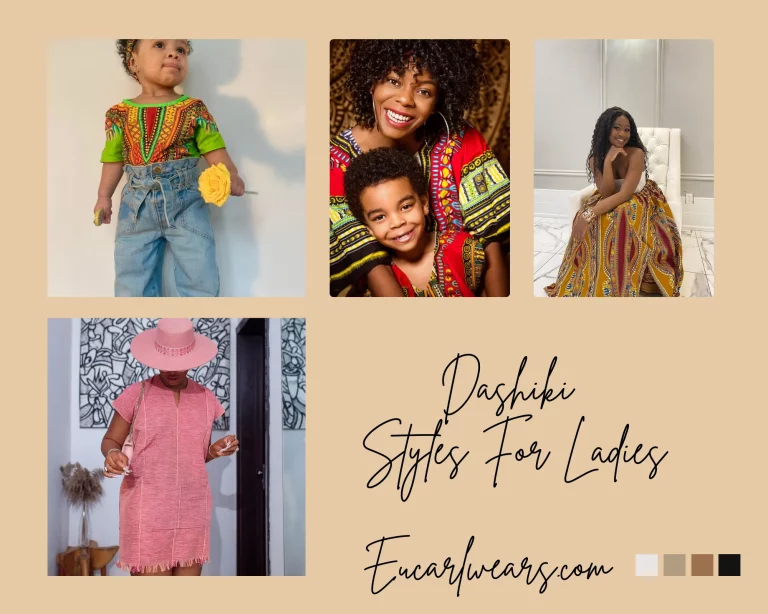Colorful Traditional Somali Fabric (2024): Alindi
Alindi or Banadiri is the Traditional Somali fabric. The country located in the horn of Africa is inhabited by beautiful and ancient Cushitic-nomadic people.
Somalia’s Traditional Fabric for the men looks like that of the Westerners but among the women, the traditional clothing is a red and yellow attire that is worn majorly for cultural events.
Somali people are very focused on spirituality when it comes to their dressing. Across the different social classes, the traditional Alindi dress is more an article of conservative Islamic clothing than Western-style attire.
Although Somali culture is not very static, it is quite different from that of the Arabic and Ethiopian cultures which surround it. Despite these, they share some similarities.
Alindi and Oromos are two of Somalia’s major textiles that other African ethnic groups are claiming as theirs and renaming it. These fabrics are endangered because the weavers in Somalia risk losing their businesses to other countries.
In the 80s, Somali women wore a traditional dress known as guntiino with a hijab over their heads in the Somali style.
Asides from the ornamentation provided by the lavish jewelry worn by Married Somali women, it is believed that the necklace with amber beads protects the wearer from diseases and the evil eye.
Amber Necklaces with koranic scripts inserted into their tubular pendant (Porte Koran) are known as a xirsi which translates to “protection.”
Since rubbing amber together produces an electrical spark, it is believed that the amber used in the necklaces has protective properties both medicinally and spiritually.
Stones such as amber, copal, yellow or red stones such as red agate and carnelian are believed to have similar healing and prophylactic properties.
Somali History of Alindi Fabrics
![Colorful Traditional Somali Fabric ([year]): Alindi Traditional Somali Fabric: Alindi](https://eucarlwears.com/wp-content/uploads/2022/12/1671034108914-1024x1024.webp)
Locally grown vegetable dyes including saffron were used by Somali weavers in the late 50s. Dyed yarns were also imported from India and Pakistan and used in the futas and guntinos to produce red, blue, yellow, black, and purple-patterned clothes.
These traditional clothes were used as marriage attires, for funerals, furniture decorations, war clothes, and everyday clothing.
Patterns named “teeth” and “goats in the sand dunes” were invented by the weavers and worn for major ceremonies and religious festivities.
Futa Benaadiri (Alindi fabric) now faces competition from imported Tanzanian kitenge and similar African attires, however, there are hopes that the textile will continue to thrive.
The same textile that the Somalian refer to as Alindi is what the Ugandans call Kikoy, hence, there are misunderstandings on the particular origins of these textiles.
Pictures of the Traditional Somali Fabric: Alindi
![Colorful Traditional Somali Fabric ([year]): Alindi Traditional Somali Fabric: Alindi](https://eucarlwears.com/wp-content/uploads/2022/12/1671034027646.webp)
![Colorful Traditional Somali Fabric ([year]): Alindi
Light Green & White Guntiino](https://eucarlwears.com/wp-content/uploads/2022/12/1671034097357.webp)
![Colorful Traditional Somali Fabric ([year]): Alindi alindi somali](https://eucarlwears.com/wp-content/uploads/2022/12/1671034094080-819x1024.webp)
![Colorful Traditional Somali Fabric ([year]): Alindi alindi fabric](https://eucarlwears.com/wp-content/uploads/2022/12/1671034079905-1024x1024.webp)
![Colorful Traditional Somali Fabric ([year]): Alindi
Somaliland Travel - altına alındı](https://eucarlwears.com/wp-content/uploads/2022/12/1671034077510-819x1024.webp)
![Colorful Traditional Somali Fabric ([year]): Alindi somali weaving](https://eucarlwears.com/wp-content/uploads/2022/12/1671034008519-819x1024.webp)
![Colorful Traditional Somali Fabric ([year]): Alindi traditional somali fabric](https://eucarlwears.com/wp-content/uploads/2022/12/1671033981142-1024x1024.webp)
![Colorful Traditional Somali Fabric ([year]): Alindi alindi pattern](https://eucarlwears.com/wp-content/uploads/2022/12/1671033962357.webp)
![Colorful Traditional Somali Fabric ([year]): Alindi guntiino somali dress](https://eucarlwears.com/wp-content/uploads/2022/12/1671033927040-820x1024.webp)
![Colorful Traditional Somali Fabric ([year]): Alindi hido iyo dhaqan](https://eucarlwears.com/wp-content/uploads/2022/12/1671033948478.webp)
![Colorful Traditional Somali Fabric ([year]): Alindi guntiino](https://eucarlwears.com/wp-content/uploads/2022/12/1671033921053-819x1024.webp)
![Colorful Traditional Somali Fabric ([year]): Alindi
SOMA SWAG](https://eucarlwears.com/wp-content/uploads/2022/12/1671033919315-819x1024.webp)
![Colorful Traditional Somali Fabric ([year]): Alindi somali alindi dress](https://eucarlwears.com/wp-content/uploads/2022/12/1671033913877-819x1024.webp)
![Colorful Traditional Somali Fabric ([year]): Alindi traditional somali patterns](https://eucarlwears.com/wp-content/uploads/2022/12/1671033914339-819x1024.webp)
![Colorful Traditional Somali Fabric ([year]): Alindi
What is the origin of this fabric? : askıya alındı](https://eucarlwears.com/wp-content/uploads/2022/12/1671033913671-819x1024.webp)
![Colorful Traditional Somali Fabric ([year]): Alindi
Traditional Red & Yellow Guntiino](https://eucarlwears.com/wp-content/uploads/2022/12/1671033913528-819x1024.webp)
![Colorful Traditional Somali Fabric ([year]): Alindi
Fresh and Different - gözaltına alındı](https://eucarlwears.com/wp-content/uploads/2022/12/1671033894891.webp)
![Colorful Traditional Somali Fabric ([year]): Alindi New Alindi Baati](https://eucarlwears.com/wp-content/uploads/2022/12/1671033880988-1024x1024.webp)
![Colorful Traditional Somali Fabric ([year]): Alindi
East Africa Art — Alindi fabric, Somalia](https://eucarlwears.com/wp-content/uploads/2022/12/1671033881848.webp)
![Colorful Traditional Somali Fabric ([year]): Alindi Traditional Somali fabric known as 'alindi'](https://eucarlwears.com/wp-content/uploads/2022/12/1671033868236.webp)
![Colorful Traditional Somali Fabric ([year]): Alindi Alindi aka Banadiri - Somalia's Traditional Fabric](https://eucarlwears.com/wp-content/uploads/2022/12/1671033847239-819x1024.webp)
![Colorful Traditional Somali Fabric ([year]): Alindi Somalia's Traditional Fabric:](https://eucarlwears.com/wp-content/uploads/2022/12/1671033847523-819x1024.webp)
![Colorful Traditional Somali Fabric ([year]): Alindi somali textiles - satın alındı](https://eucarlwears.com/wp-content/uploads/2022/12/1671033840876-830x1024.webp)
![Colorful Traditional Somali Fabric ([year]): Alindi textile somali patterns - Alindi weavers](https://eucarlwears.com/wp-content/uploads/2022/12/1671033823223.webp)

![The Best Aso Oke Styles for Owambe ([year]) The Best Aso Oke Styles for Owambe](https://eucarlwears.com/wp-content/uploads/2022/11/Brown-Simple-Family-Time-Photo-Collage-4-768x614.webp)
![Astounding Faso Dan Fani Clothing Styles ([year]) Faso Dan Fani Clothing Styles](https://eucarlwears.com/wp-content/uploads/2022/12/1669472055234-768x768.webp)

![Kampala Adire Styles For Ladies ([year]) Kampala Adire Styles For Ladies](https://eucarlwears.com/wp-content/uploads/2022/10/Brown-Simple-Family-Time-Photo-Collage-15-768x614.webp)

![Perfect Kuba Raffia Textiles ([year]) Kuba Raffia Textiles](https://eucarlwears.com/wp-content/uploads/2022/12/1669472870275-768x768.webp)